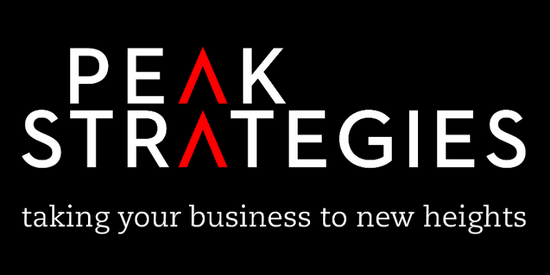Navigating the world of tax obligations can be complex, and one area that often catches business owners by surprise is Fringe Benefits Tax (FBT). While many employers focus on salary and superannuation, FBT is an additional tax that applies to certain perks provided to employees, their families, or associates. If not properly accounted for, it can lead to unexpected costs. With the FBT year wrapping up, now is the perfect time to review your obligations and plan ahead for the next cycle.
What is Fringe Benefits Tax (FBT)?
FBT is a tax imposed on employers for benefits provided to employees outside of their regular wages. This can include perks such as personal use of a company car, expense reimbursements, or entertainment benefits.
An employee for FBT purposes includes current, past, and future employees, as well as directors of a company or beneficiaries of a trust who work within the business.
How is FBT Different from Income Tax?
Unlike income tax, which is paid on business earnings, FBT is calculated based on the taxable value of fringe benefits provided. However, businesses can claim deductions on FBT payments and may also be eligible for GST credits in some cases.
When Does the FBT Year Run?
The FBT year follows a fixed cycle from April 1 to March 31 each year.
What If FBT Applies to My Business?
FBT operates under a self-assessment system, meaning businesses must determine their liability and ensure compliance. If you provide taxable benefits, you need to:
Register for FBT
Lodge an FBT return by May 21 (or June 25 if filing through a registered tax agent)
Pay the calculated tax amount
If your total FBT liability exceeds $3,000, the ATO will require you to make quarterly instalment payments via your Business Activity Statement (BAS).
How is FBT Calculated?
1. Identify all fringe benefits provided.
2. Apply any available exemptions or concessions.
3. Calculate the taxable value of the benefits.
4. Multiply by the applicable gross-up rate:
2.0802 for benefits where GST credits apply
1.8868 for benefits where GST credits are not available
5. Apply the 47% FBT rate to the grossed-up amount.
Common Fringe Benefits in Community Pharmacy
Some of the most frequent FBT-triggering benefits include:
Company vehicles used for personal purposes
Entertainment expenses, such as social events and gifts
Housing benefits, including rent-free or subsidised accommodation
Expense payments, like personal mobile phones and laptops
Are There Exemptions or Concessions Available?
Yes! Businesses can reduce or eliminate FBT liability by leveraging exemptions, such as:
Certain electric vehicles
Minor benefits under $300 per instance
Travel expenses related to illness
Housing benefits for employees in remote locations
Exemptions for small businesses and certain employer types
Post-Lodgement Actions: Reporting Employee Benefits
Once you’ve lodged your FBT return, don’t forget to report fringe benefits on employee payment summaries if the taxable value exceeds $2,000. This must be done via Single Touch Payroll (STP).
Record-Keeping Requirements
The ATO requires businesses to keep FBT-related records for at least five years from the date of preparation.
Areas the ATO Scrutinises
Every year, the ATO flags key areas of non-compliance, including:
Motor Vehicle Use: Incorrect classification of vehicles as 100% business use or failure to maintain logbooks.
Employee Contributions: Discrepancies between employee tax returns and FBT declarations.
Data Matching on Reportable Benefits: Businesses reporting benefits on payroll records but failing to lodge an FBT return.
Final Thoughts
FBT is a technical and often overlooked area of taxation that can result in unnecessary financial burdens if not properly managed. By reviewing your benefits strategy and consulting with your accountant, you can ensure compliance while optimising tax outcomes for your business. If you're unsure about your FBT obligations, now is the time to seek professional advice and avoid potential penalties.

